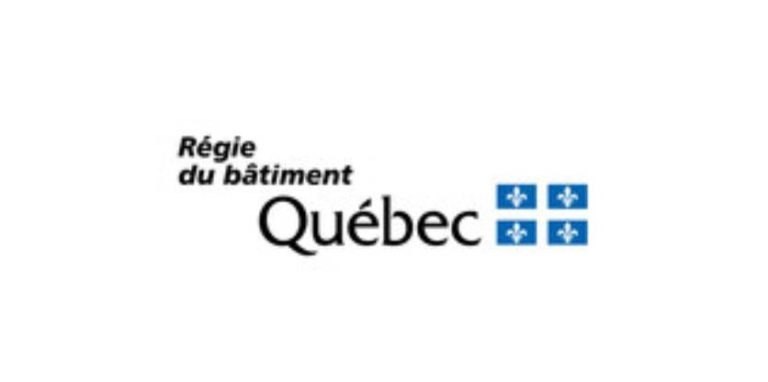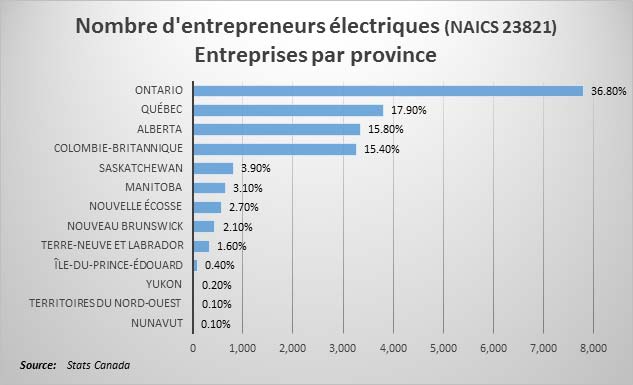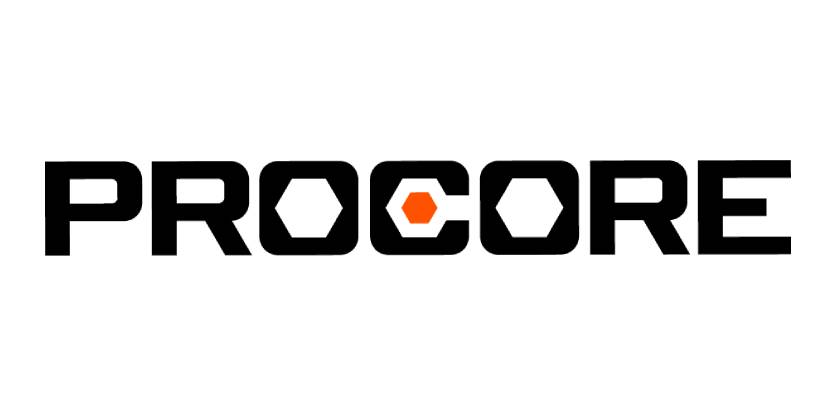Six tactiques pour maximiser la fonction achat – Tactique 2 la valorisation des stocks

Voici le deuxième d’une série d’articles conçu pour aider les entrepreneurs en électricité à profiter au maximum de leur pouvoir d’achat et augmenter la profitabilité de leur entreprise. Que vous soyez dans l’équipe des acquisitions ou gestionnaire de projets qui doit acheter le matériel voici la deuxième de ces tactiques. La première tactique référait aux économies d’échelles. Ce deuxième article parle de la valorisation des stocks.Vous négociez des prix, demandez des soumissions, jouez parfois les fournisseurs les uns contre les autres, mais comment savoir que le prix est le bon? Vous devez faire vos devoirs pour le savoir.
This article is the second in a series of six tactics in which the electrical contractor can maximize purchasing power and profitability though procurement.
Whether one has a dedicated purchasing team or relies on project managers to procure materials, consideration of these six specific tactics can help maximize profits and increase efficiencies.
Valuation of materials
I have noticed a common practice employed by purchasing staff and project managers in the past when buying out a project. The low quote used on bid day is reviewed for accuracy, and then the vendor is contacted and told they have a chance to write the order. Unfortunately, though, they are told they need to go back to their office and sharpen their pencil to do so. Sometimes the vendor is given a number to meet, but often the vendor is just told to return with their best and final number. An advanced version of this game includes multiple vendors pitted against each other in hopes of squeezing every last ounce of margin possible from the order (the fallacy of this strategy will be covered in another part of this series). The vendor, after a specified amount of time, brings back a new and revised quote and assures the buyer that the bottom has been reached. This statement can very well be true as the vendor has taken out any additional contingency money and may have even gone back to the agent for a better buy price. But how do you really know the price is right? The only way to really determine if the material is actually worth what you are paying for it is to do your homework.
Historical pricing
Much of the pricing data I have is stored in my brain from years of buying the same materials over and over again. Beyond that, I keep an electronic list of prices for just about everything I have sent out for quote. When I am buying a specific item, I refer to that list and look for a match. If I don’t have an exact match, I may have something that is similar or is in the same product family. Pricing for material is often relative. For instance, if I am buying a three-pole breaker, but I only have pricing for a two-pole breaker of the same series and manufacturer, I will find the list price of both breakers and apply the same multiplier against the three-pole breaker as was used for the two-pole breaker price. This gives me a benchmark from which to operate and get me close to the price I should expect to pay. One caveat here: make sure you are comparing the same manufacturer’s product and list prices.
Competitive comparisons
Pricing provided by equal product can be a useful tool as well. Often, when the specification calls out for a single source or manufacturer, it can be difficult to negotiate for a lower price. By using pricing examples for equal products, a fair market price can be better established. You can use this information as a point of leverage with the manufacturer or their agent. Unless the job requires that you match existing product on site, the hint of possibly substituting the specified product with one that offers equal performance may help get you that extra discount. Be careful to use tact with this approach, though, because making enemies with the people you depend on daily can negatively affect you in the long run.
Use your gut
Suppose you need to pick up a loaf of bread for dinner. You stop at the local corner store close to home and when you get to the checkout, the clerk rings up the loaf of bread at $20. Would you just pay the bill? Unless it’s a very special loaf of bread, I would wager you wouldn’t, but why not? The clerk has simply scanned the item and the register displayed a preprogramed price, so it must be correct. The fact is your brain already has an idea of the actual value of the product you are buying. The glaring difference between your established mental value and the read out on the register is why you realize something is amiss. The nice thing about this is that you can use this same system of valuation in your project buying activities.
Often, vendors or agents will use a lot price to hide these sneaky $20 loaves of bread, but with a little work on your part, you can uncover these nasty little surprises.
I usually create a spreadsheet detailing all parts of the package I plan to be buying. Of those parts, I assign a value for any item that I know the cost of. This doesn’t need to be an exact hard cost; just a ballpark amount will work. As you go through the list, fill in as many items as possible. What you will be left with are either special items or items not frequently purchased. At that point, go through the list again and pick out any items that you can plug in a reasonable guess for. For instance, suppose you have a 100-kilowatt (kW) uninterruptible power supply (UPS) and you do not have a historical price for that particular unit, but you do have a price for a 200-kW unit from a recent bid. Plug in the price in for the 200-kW unit. Price is not always relative in the sense that a 100-kW unit will be half the price of a 200-kW unit, but you do know that they should not be the same price. Once that is done, any additional items that do not carry a real price or an estimated value price need to be dealt with. Plug in a worst-case value for those items, and then compare the delta between the lot price from your vendor and your spreadsheet. Can you justify the difference? If so, you can assume you are not paying too much, if not, bring the vendor and let them explain the difference. This exercise can be done relatively quickly by an experienced buyer or estimator and can add thousands to your bottom line.
Barry Olson has 25 years of purchasing experience with large union contractors and is currently the director of purchasing for SASCO in Southern California. He holds a Bachelor’s degree in organizational leadership, is nearing completion of a Master’s degree in the same discipline, and plans to continue his studies with a Ph.D. Barry can be contacted at BarryOlson@Outlook.com.
This article has been reprinted with permission of Electrical Contractor Magazine. These articles originally appeared on ECmag.com in 2015. Next in the series: time. Read the first article, on economies of scale: http://electricalindustry.ca/latest-news/1499-six-tactics-to-maximize-the-purchasing-function-tactic-1-economies-of-scale.












